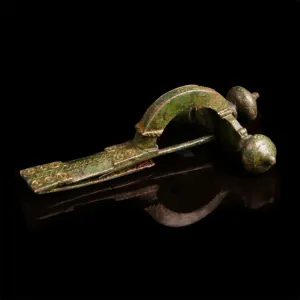Celtic and Roman Fibulae
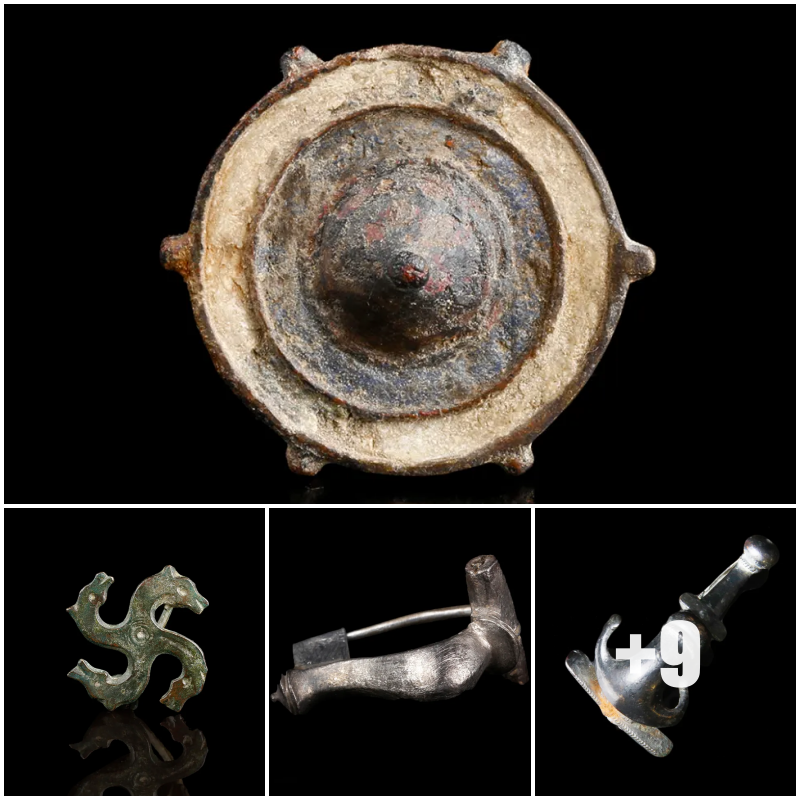
What are Fibulae?
The best modern English translation of the Latin term fibulae would most likely be ‘brooches’. Their purpose was partly the same as brooches today – to provide a decorative adornment to an outfit – however, in an age when many garments were comprised of sheets of fabric formed into dresses and tunics through complex folding, fibulae also served the vital purpose of securing one’s clothes in place. Consequently, fibulae from across the ancient world come in a hugely varied range of designs and levels of quality, depending on the wealth and personal tastes of the original wearer.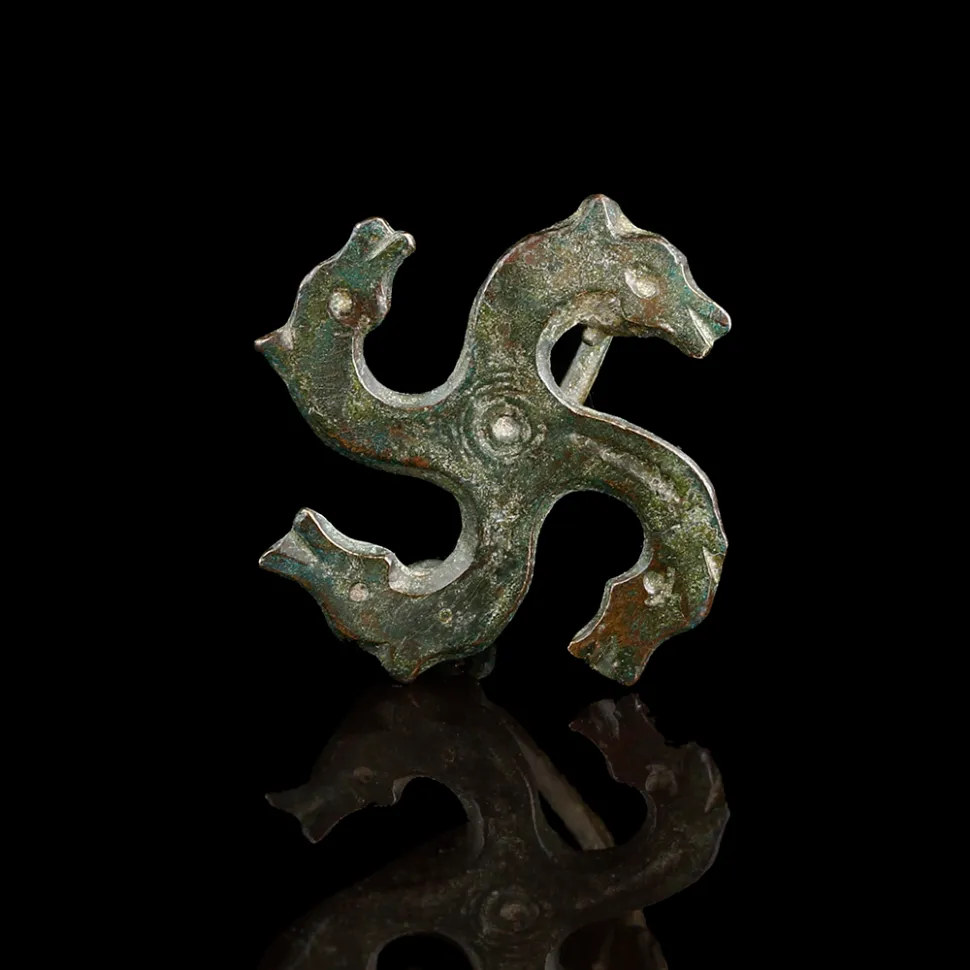
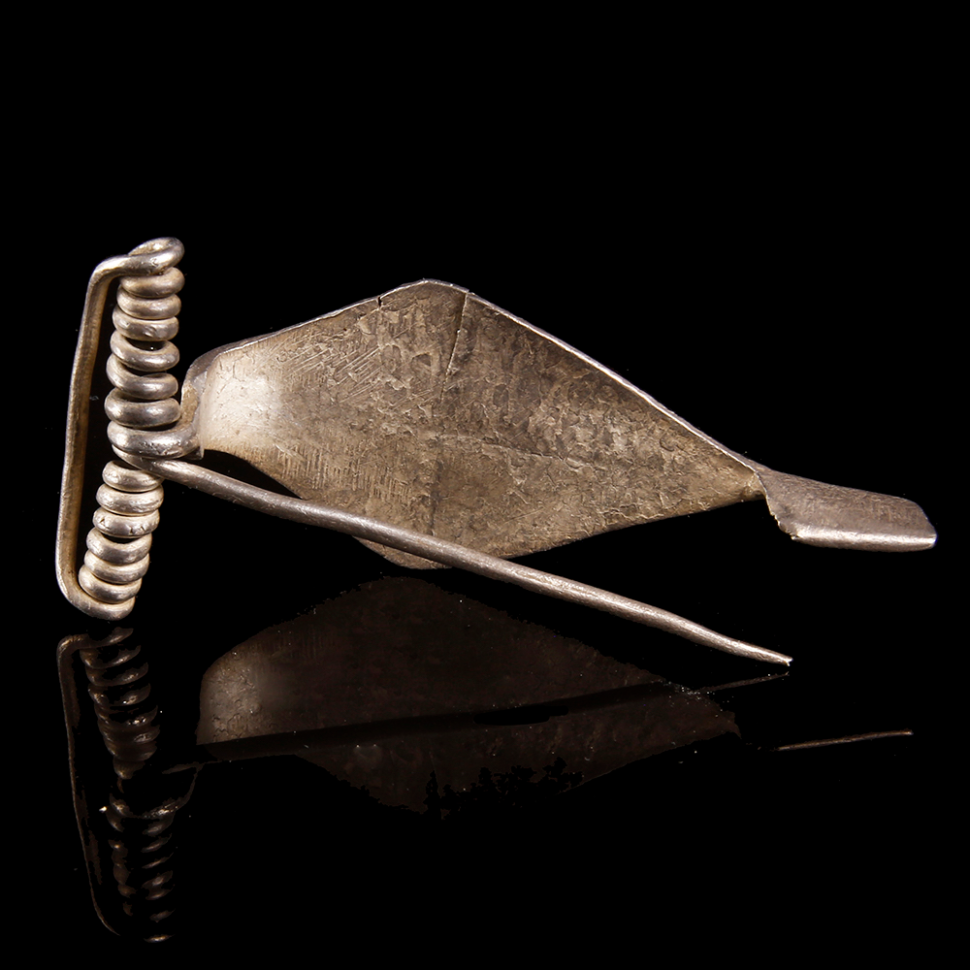

Romano-Celtic Cultural Exchange
One of the key marks of the expansion of the Roman Empire was the intermingling of Roman and local artistic culture. Though the term ‘Celtic’ is very broad, encompassing diverse peoples from many parts of northern, eastern and western Europe, some of the most well-recognised Romano-Celtic artefacts, including fibulae, have been found in particularly high concentrations in regions such as Gaul (approximately modern France), Germany, and Britain. Items classified as Romano-Celtic usually combine different elements of Roman or local Celtic techniques, styles, or mythology. Small pieces like fibulae reflect wider trends of cultural amalgamation, which can be seen in places like the Roman baths in Bath, England, dedicated to the goddess Sulis Minerva, a syncretisation of a Celtic and a Roman goddess. 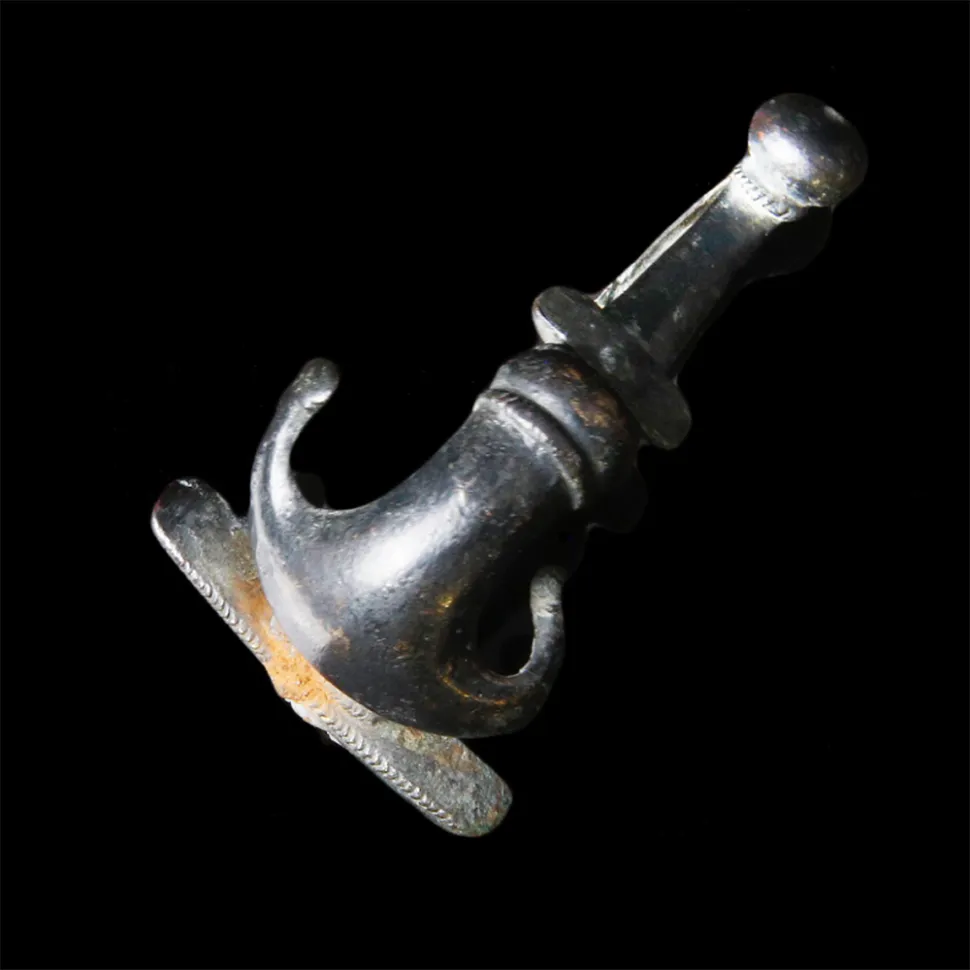
Thistle and Crossbow Fibulae
Popular types included the thistle brooch and crossbow brooch. The thistle brooch was an early type of Romano-Celtic fibula, initially found in Gallic and Germanic regions, but spread to Britain round the time of the Claudian conquest in 43 AD. Branching off from the plain ‘safety pin’ style of earlier Celtic fibulae, the thistle brooch design was an early example of the increasing emphasis on decorative as well as practical designs. The crossbow design reached the height of its popularity both in Italy and the Western European provinces at a later stage in the Empire’s history. Worn almost exclusively by men, the crossbow brooch came to represent civil and military authority, with famous late Roman generals such as Stilicho having been depicted wearing crossbow fibulae. Simpler versions made with cheaper materials were then popularised by Roman soldiers, thus allowing for their spread into the provinces where they became a staple of Romano-Celtic fibula design.